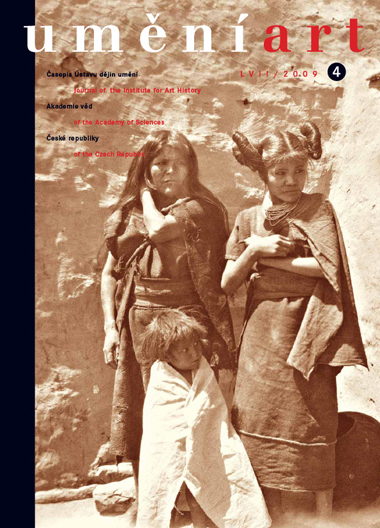Monika Borowska
Das Entfachen des Fegefeuers in der europäischen Miniatur des 13. Jahrhunderts
The article deals with the early stages of the iconography of purgatory in mediaeval manuscripts from the 13th century. According to existing research, purgatory was first depicted in English altar miniatures. The oldest such liturgical manuscripts are the Preston Psalter (1250-1255) and the Cuerden Psalter (1270). The images of purgatory appear in connection with the salvation and the deliverance of the soul, such as a requiem mass or Christ thin a mandorla. In France, purgatory was included in breviaries commissioned by the royal family and intended for the king's private prayer. This article emphasises an unusual depiction of purgatory in one of the manuscripts intended for use by the king, the so-called Bible moralisée. Codex 1179, housed in the National Library in Vienna, originated around the year 1220 in Paris, thus the image of purgatory pre-dates the miniature in the Preston Psalter, thus far regarded as the oldest depiction. In it purgatory appears next to hell in connection with the Last Judgement, following the harvest of the grapes of the earth (Rev. 14: 14-16). The article also examines depictions of purgatory, three of which appear in the educationally minded Breviari d'amor by Matfre Ermengaud, distributed among Occitan readers. Purgatory is here conceived as one of four types of hell, alongside the limbo of the patriarchs, the limbo of unbaptised infants, and hell proper, into which Christ descends after his death. Another early depiction of purgatory is found in a Spanish manuscript, Legenda aurea. One of the punishments of purgatory is portrayed in the initial opening of the legend of St Patrick. The first images of purgatory were illustrations to specific texts or served the private devotions of clergy or the high nobility. It was the exclusive 'locus' of the nobility until in the middle of the 14th century it spread among common people of faith by means of picture catechisms.
Full-text in the Digital Library of the Czech Academy of Sciences:
https://kramerius.lib.cas.cz/uuid/uuid:0cdbc1c3-4b9a-0ba4-64c0-2fa5becab1f0
< back

